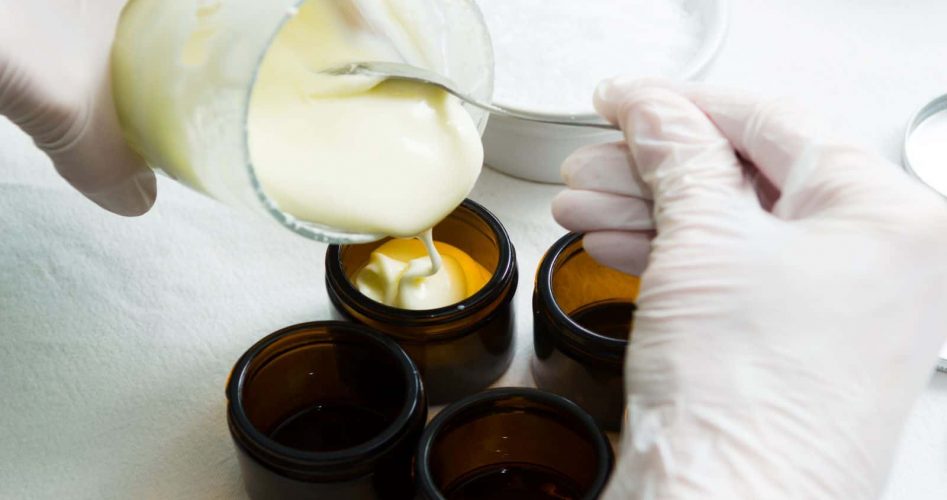Understanding the Different Skin Cancer Types and How to Prevent Them
Cancer is a word that many of us fear. Hearing that you or a loved one have developed skin cancer can make your mind jump to conclusions out of shock and worry.
But just what types of skin cancers are dangerous, and how can you prevent yourself from getting skin cancer?
There are a few skin cancer types that vary in severity and can be prevented with different treatments.
What is Skin Cancer?
Skin cancer is what happens when the cells that make up your skin begin to mutate into cancer cells that divide out of control. It is the most common type of cancer that occurs in the United States to this day.
While skin cancer usually occurs on skin that is exposed to sunlight, it can also form in the lower layers of skin and be harder to detect.
Skin Cancer Types and Treatment Options
While there are many different types of skin cancer, there are four common types that will be discussed. Here are the signs, symptoms, and treatments for each type of common skin cancer.
Basal Cell Carcinoma
Basal cell carcinoma is among the most common and least worrisome type of skin cancer. It often develops on areas of the skin that are the most exposed to sunlight, including the scalp, face, and neck area.
It shows itself as a mildly transparent bump on the skin, though it can take other forms as well. Some signs of this type of cancer can include:
- Pearly white bumps on the skin, or a bump of skin with a translucent outside; these often have visible blood vessels underneath and has a tendency to rupture or bleed
- Brown, black, or blue lesions with a raised, translucent border
- Scaly reddish patches on the back or chest
- Waxy white lesions without a visible border
While basal cell carcinoma is usually not dangerous, you should contact a doctor if you notice any sudden changes to an existing bump, or if a bump that was previously removed has resurfaced.
If you should discover a bump on your skin, don’t worry—basal cell carcinoma can usually be removed with a simple skin biopsy, or removing the small piece of cancerous skin. Cases of basal cell carcinoma spreading or developing into other types of cancer are rare, but you should still talk with your doctor about it to be safe.
Dr. Johnny Gurgen specializes in the removal of skin cancers and can help you to make sure your skin is healthy again.
Melanoma
Melanoma is a far more serious type of skin cancer that can develop anywhere on the body, though it primarily appears in areas of skin that are exposed to sunlight. The most at-risk individuals for developing melanoma are women under 40 years old, though anyone is capable of getting it.
Melanomas often begin as changes to existing moles, such as growths or darkened skin. However, they can also appear suddenly on otherwise normal skin.
There are steps you can take to find out if your mole is normal and healthy. Check to see if it:
- Has an irregular border or shape
- Has changed in color noticeably
- Has grown larger than 6 millimeters in diameter
- Has changed in either look, size, or sensation, such as if it has grown itchy or painful over time
If any of the above circumstances are true, then you should go to get it checked by a doctor, as it may be a melanoma. It’s crucial to catch this type early so that it doesn’t go unchecked.
Nonmelanoma Skin Cancer
Nonmelanoma skin cancer is a broad term used to describe any cancer that isn’t melanoma. This encompasses any rarer type of skin cancer, and as such has a variety of treatment options depending on the type of cancer involved.
These types of cancers will often need to be removed through surgery; if you’ve noticed any odd changes to your skin that you can’t account for, talk with your doctor about nonmelanoma skin cancer today.
Squamous Cell Carcinoma of the Skin
While not life-threatening, squamous cell carcinoma of the skin can be a particularly aggressive form of cancer that can cause serious damage if left untreated. This is because it tends to form in deeper layers of the skin.
This type of cancer is also prone to spreading along the skin and through other parts of the body as well. If you notice any new, painful red sores on your skin or inside of your mouth that doesn’t go away on its own, you should talk with your doctor immediately.
How to Prevent Skin Cancer
Fortunately, there are many different ways that you can protect yourself from getting skin cancer. Certain lifestyle changes and protective measures can help to keep you safe from skin cancer, such as:
- Keeping away from direct sunlight, tanning beds, and other forms of UV light
- Wearing sunscreen year-round while outside
- Wearing protective clothing to prevent sun damage
- Examining your skin frequently for changes or variations in moles or bumps
By keeping these tips in mind and checking yourself regularly, you can help protect yourself from developing skin cancer.
Keep Your Skin Healthy
Now that you know the different skin cancer types and how to prevent them, you’re ready to start living your new healthy life with proper precautions in place. Keep yourself healthy, happy, and cancer-free, and remember to check your skin frequently for any potential changes.
What have you learned about skin cancer? Have you had experiences with any of the above skin cancers that you’d like to share?
We’d love to hear your thoughts! Be sure to leave a comment with your story down below, and any tips you have for protecting yourself against skin cancer.

